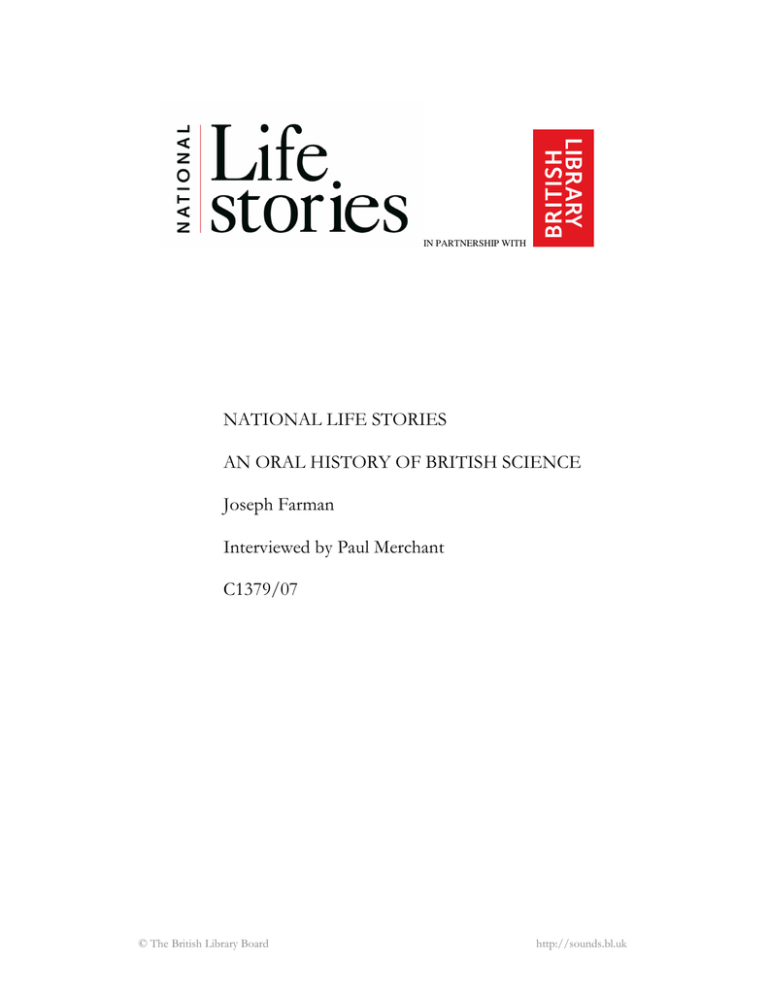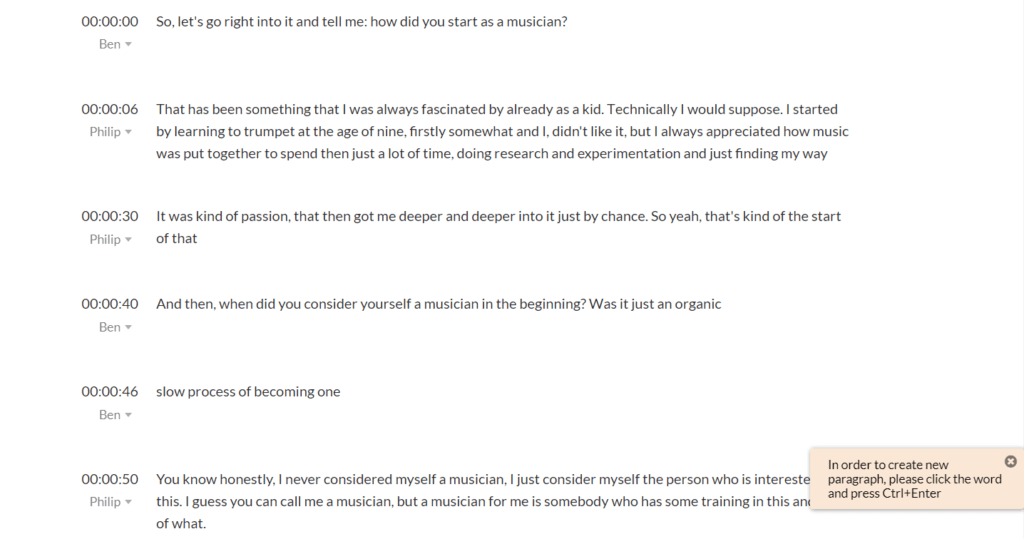So, you’ve got a transcribe interview. So, where do you begin?
To begin, you must understand what you’re getting yourself into Interview Transcript. Transcribing audio is difficult and time-consuming, especially when there are numerous speakers or low audio quality, and precision and detail are required. Be patient and give yourself time. Start planning ahead of time, ideally before you start recording.
You’ll need a system, the proper tools, and a grasp of what types of outcomes are feasible to obtain a successful result. This tutorial will assist you in developing that process and will offer you tips and tactics to help you become a master transcriber. It only takes a little planning. This will be fun
Let’s get this party started!

Before you begin transcribing the interview, make sure you have everything you need.
Step 1: Recognize the factors that will influence the transcribing process.
To ensure that the transcribed interview process runs well, you must first grasp everything that may impact it. This will allow you to anticipate what issues you could experience while transcribing the audio and how to prevent them.
The length of time it takes you to transcribe interview will be affected by your typing speed, especially if the tape is lengthy. It takes roughly an hour for a professional transcriber to correctly transcribe 15 minutes of recorded audio. You should estimate how long it will take you and set up enough time for yourself, especially if you have never transcribed anything before.
If the audio is of low quality, it will be more difficult to transcribe, which will take longer. The easiest method to avoid this problem is to use high-quality audio while recording.
You may make the transcribe interview process considerably easier by getting a good recording. One of the most effective methods to accomplish this is to get a voice recorder. If this isn’t feasible, basic things like making sure you’re recording Interview Transcript in a quiet environment, that everyone on the recording is speaking clearly, and that no one is talking over one other will assist.
Step 2: Make a list of what you want from your transcript.
The goal of your transcript will have a significant influence on how you will transcribe your interview. Is the transcript only for archival purposes? Will it be read by anyone else? What level of accuracy do you require?
If you only need a transcript to filter through and extract quotations, for example, there’s no need to capture the level of information necessary to generate a verbatim transcribe interview that someone else could read instead of listening to the audio.
Pose the following questions to yourself:
- Will anyone else read this transcript but me?
- Is it necessary for this transcript to be a stand-alone document or can it serve as reference notes?
- Is it possible for me to listen to the tape again later?
- Do I already have a good idea of what I need to record in this recording?
- Is it important to be exact with your words?
If all you want is a few quotations for an article, you probably already know what those points will be, and maintaining a written record of the recording isn’t necessary; just get started. It’s still a good idea to use a specialist transcribe interview software platform (detailed in the next section).
Step 3: Double-check that you have the appropriate tools.

Once you’ve decided what you want from your transcript, make sure you’ve got the proper tools for the task.
A computer with a word processor and an audio player is the minimum need. Speakers are much inferior to headphones. The isolation provided by headphones will increase your capacity to pick up details, and headphones will assist cancel out the clatter of your typing. Finally, you should utilize transcribing software. This might be regarded as the first ‘optional’ criterion Interview Transcript. Even free transcribe interview software platforms, on the other hand, maybe quite beneficial.
- Your computer: You don’t need a powerful computer to create transcripts, but a good keyboard will assist. Concentration is improved by sitting at a good workstation, and typing speed is improved by using a high-quality keyboard. In the end, you should do whatever makes you feel most at ease.
- Your headphones: It’s critical to have high-quality headphones. You’ll be wearing them for a long time, and the increased sound quality will help you pick up little details. Professional transcriptionists regard over-the-ear headphones with noise-isolating properties to be ideal, while they are optional.
- Your transcribing software is as follows: Within the same interface, transcribe interview software Interview Transcript allows you to type and manage the recording. This may appear to be a little advantage, but when you consider how time-consuming fumbling with your mouse every time you need to halt the recording would be, the advantages become obvious. If you don’t believe me, give it a go.
Step 4: Consider what degree of detail will best fit your transcribing requirements.
The first question you’ll have to address if you decide to employ a professional transcriptionist is how much detail you require. Within the business, there are no set naming norms. However, there are three types of transcribe interview: full-verbatim, verbatim, and other.
To read more about type: https://verbit.ai/verbatim-transcription-101-benefits/#:~:text=Full%20verbatim%20captures%20the%20spoken,stated%2C%20but%20editing%20is%20conducted.&text=It%20essentially%20transcribes%20words%20exactly%2C%20but%20for%20improved%20readability.
Knowing about the many alternatives available in the business will offer you a lot of targets to shoot towards. You can adapt your degree of information based on the topic matter if you are thoroughly familiar with the recording and the purpose for which you will be using your transcript. Consider these factors ahead of time so that you may focus your efforts more effectively.
Step 5: Consider timestamps and speaker recognition.
When generating a transcript, timestamps and speaker identification are two important extra characteristics to consider. Knowing who is speaking and being able to quickly refer to the tape may offer a lot of value.
However, this adds more stages to the process of transcribe interview, lengthening the time and increasing the complexity of generating a transcript. Again, this is something you should consider Interview Transcript from the outset. It’s best to keep track of speakers Interview Transcript whenever they change.
Step 6: Now is the time to begin.
If accuracy is crucial, you should begin by just listening to the tape. If not, you can just begin transcribing. In any case, it’s usually better to conceive of what you’re doing as a rough draught once you start writing.
To read more, follow the link: https://24x7offshoring.com/
